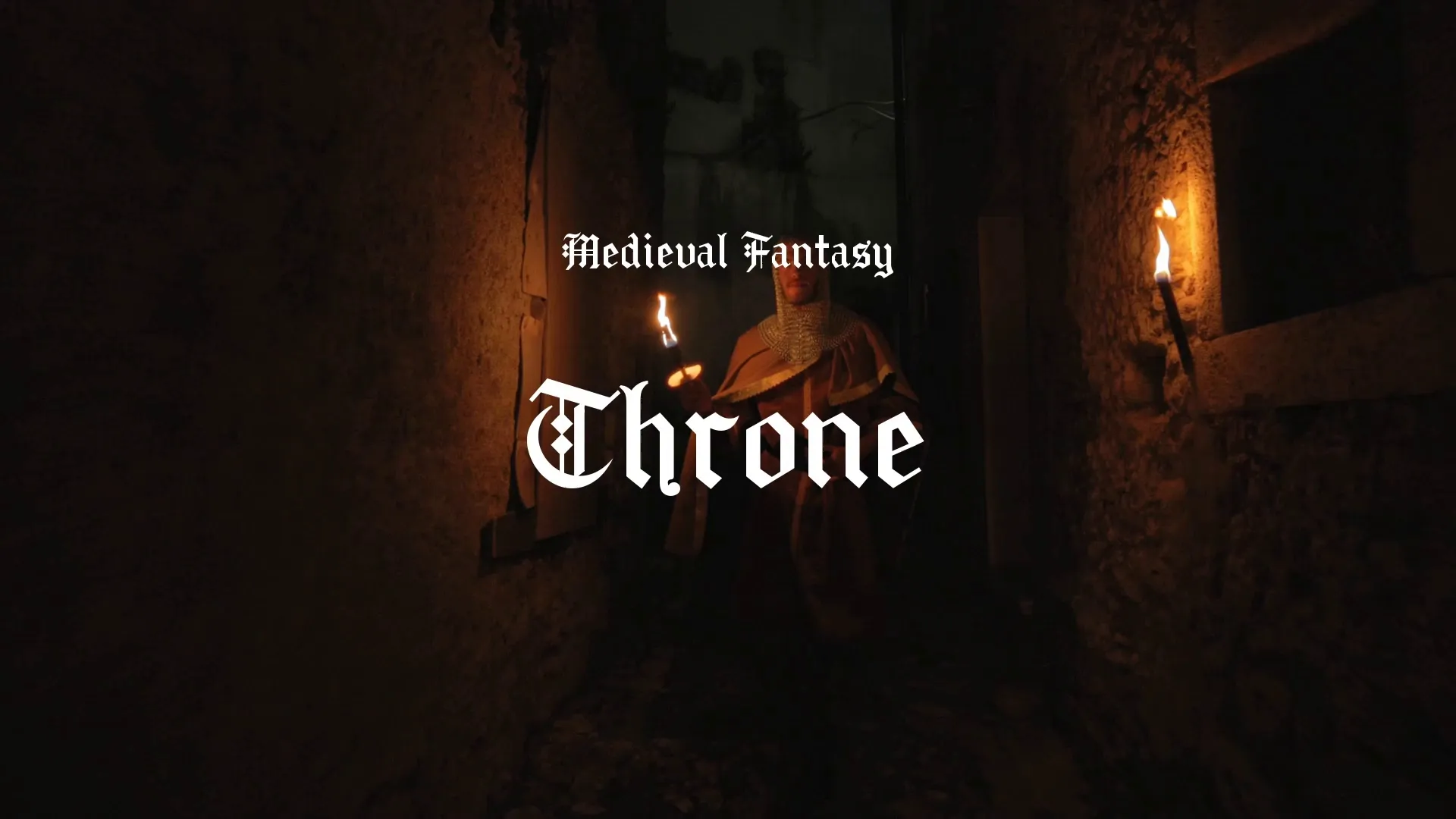Game Design Documents: Templates and Best Practices

What is a Game Design Document (GDD) and Why is it Important?
A Game Design Document (GDD) outlines all aspects of a game. It covers core mechanics, art style, and technical specifications. Think of it as a practical guide for the entire development team. The GDD is a living document.
A GDD improves communication by providing a central reference point. It reduces scope creep by clearly defining features upfront. Efficient development is achieved by streamlining the process, saving time and resources.
Without a GDD, teams risk miscommunication and wasted effort. Ultimately, the game might fail to meet its potential. The GDD isn’t static. It evolves throughout development as new challenges and opportunities arise. Regular iteration and updates are essential.
If you’re looking to jumpstart your game development, consider platforms like Wayline, a comprehensive game development platform designed to help game developers succeed by providing tools and resources at every stage of the development process.
Exploring Different GDD Templates and Structures
There’s no one-size-fits-all GDD template. The best structure depends on the project’s scope, team size, and development methodology.
Linear GDDs follow a sequential structure. Non-linear GDDs allow for more flexibility and cross-referencing. Linear documents are easier to follow from start to finish. Non-linear documents are more useful for quickly finding information.
Modular GDDs break down the document into manageable sections (e.g., gameplay, art, sound). This makes it easier to update and maintain.
Agile development requires a more iterative approach to GDDs. Focus is placed on delivering concise documentation for each sprint.
Many studios have their own GDD templates. Examining these can provide insights into different approaches. For example, if your game involves building and designing environments, you might find inspiration in the modularity and visual style of kits like Thera - Modular Cycladic Greece Town Kit and incorporate similar modular design principles into your GDD.
Key Sections of a Comprehensive GDD
Overview: Game concept, target audience, genre, platform. A clear overview ensures everyone understands the game’s core identity and target market. For example, Angry Birds' overview highlights its accessible, physics-based gameplay, targeting a broad mobile audience.
Gameplay Mechanics: Core mechanics, player actions, rules, systems. This section details how the game is played, from the basic controls to the complex interactions between systems. Dark Souls meticulously details stamina management and enemy attack patterns in this section.
Create a free account, or log in.
Gain access to free articles, game development tools, and game assets.



















.webp)



